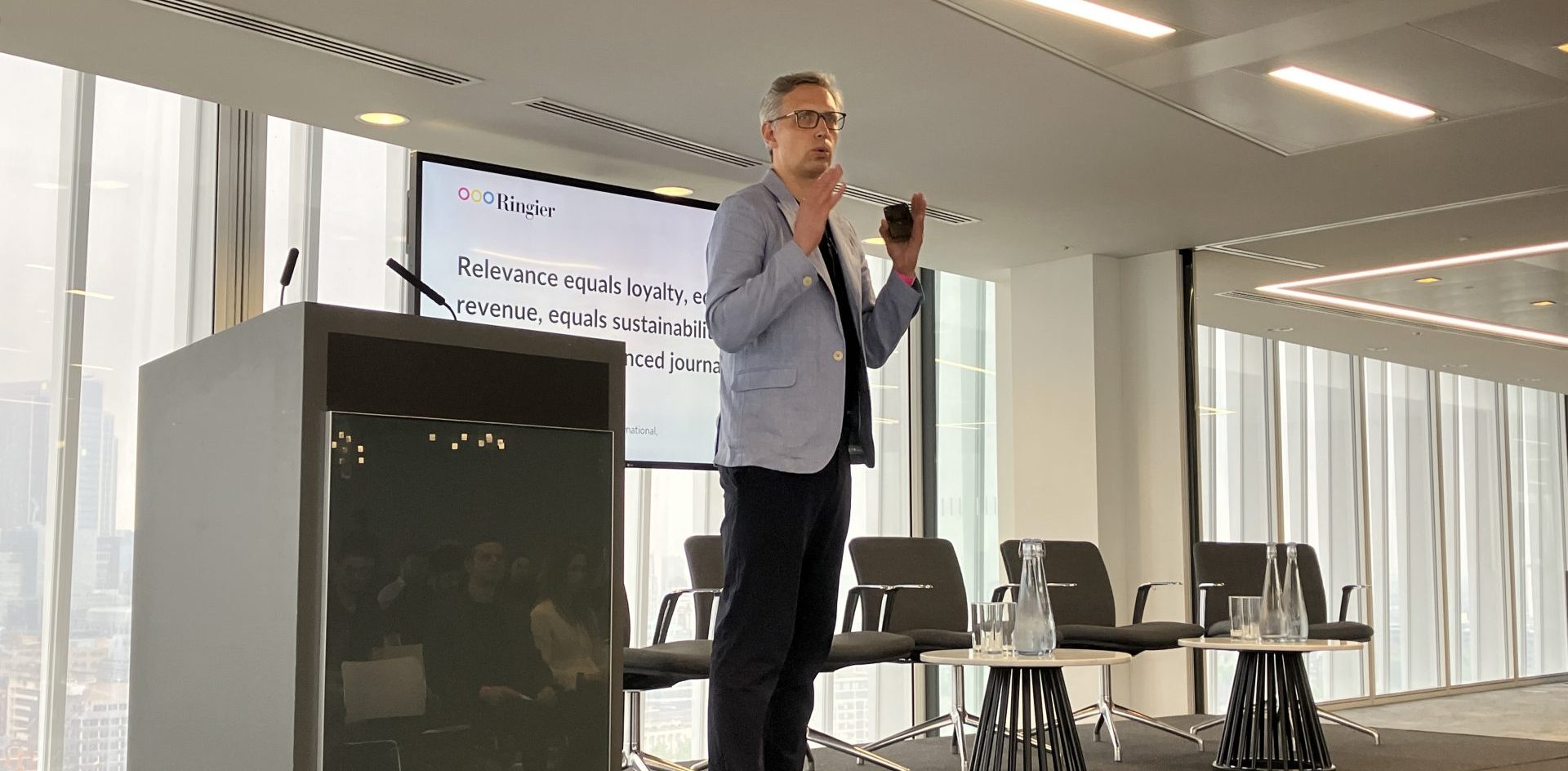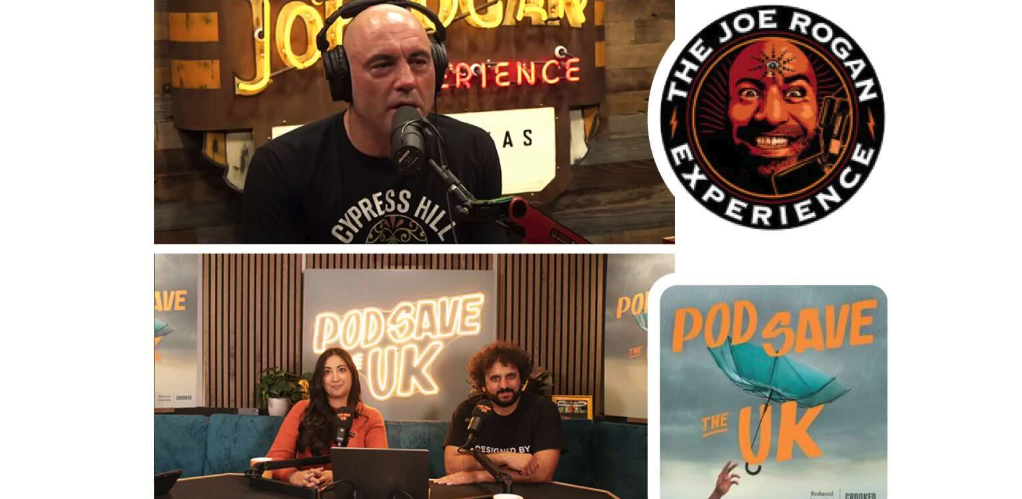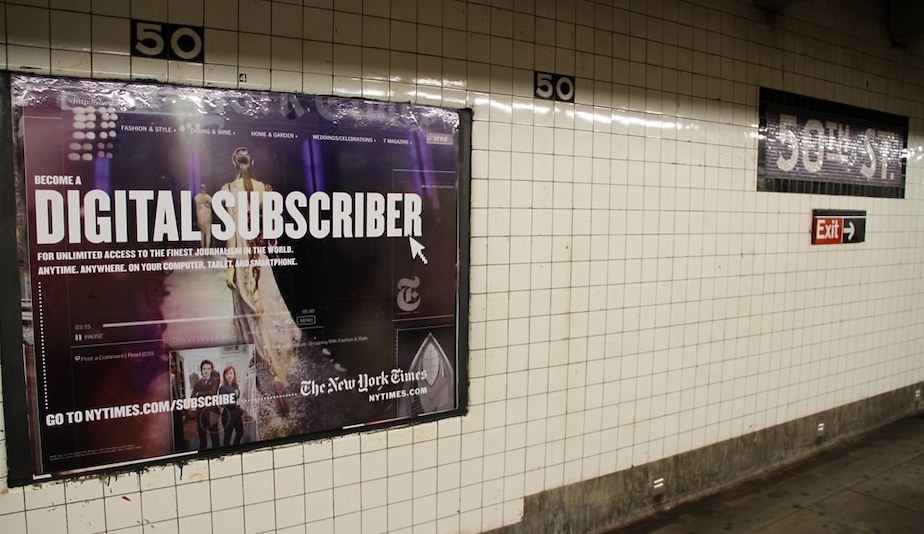
Newsletter
Newsletter
emap is using an AI-powered question feature on their Nursing Times to engage subscribers with more of their content.
24th May 2024

At this year’s News Rewired conference in London, one of the main themes was, of course, AI . However, taking a step back and looking at publishers’ goals for AI, it’s clear that their motivations are to increase the relevance of their content to their audiences and build and deepen their direct relationships with them.
In the kickoff keynote, Ringier International CEO Dmitry Shishkin said that AI is one of his priorities because he sees it as key in helping his teams make their journalism count, and “it will only count when it meets user needs consistently and strategically”. Dmitry is well known for his development and advocacy of the user needs model, something we talked about in the first edition of the Media Bulletin.
He sees AI as a co-pilot, an enabler, and the most important thing it enables is the centrality of journalism in the lives of audiences. “(W)e are engulfed by AI stories. The most important thing that we need to think about is we need to play a crucial role in our audiences’ lives. If we don’t, we don’t have a chance,” he said.
The public uptake of AI is and will be the driving force behind the technology, he said, quoting Rasmus Kleis Nielsen of the Reuter’s Institute. And for AI to serve the needs of the public, media companies will need to be savvy and buy technology that delivers real benefits.
“Publishers aren’t tech companies,” he said, adding he firmly believes publishers should buy technology rather than build it on their own. As Dotdash Meredith CEO Neil Vogel said:
We’ve tried to build technology. It’s not our jam. We’ve built amazing things on top of technology. That’s our sweet spot. Any publisher that tells you they’re a technology company, run away screaming and sell all your shares.
Dotdash Meredith CEO Neil Vogel
One area where Dmitry believes publishers can deploy AI is to unlock the value of their archives. emap is doing this at Nursing Times, using a private implementation of AI instead of a public large language model (LLM). Their goal is to help audiences discover the richness and value of their past content.
Media leaders need to move beyond whether AI creates a utopia or dystopia and encourage a growth mindset amongst their staff, Robin Booth, the managing director of emap CONE division, told News Rewired attendees in a breakout session about B2B publishing innovation.
When considering how to apply AI to his publications, Robin took inspiration from Steve Jobs. “(O)ne of the things I’ve always found is that you’ve got to start with the customer experience and work backwards for the technology,” Jobs said when responding to a pointed question at Apple’s 1997 Worldwide Developers Conference.
How could he improve the customer experience in the post-platform era? For him, a quick win for the Nursing Times site was to improve content discovery and recirculation. In the past, publishers relied on related content boxes driven by internal tags and on-site search, which few publishers love and few visitors use. “We were only surfacing a little bit of our content,” he said.
After deciding on the customer experience problem he wanted to solve, he found an AI solution. Rather than opening up the site to train an LLM, Robin decided to employ a private AI solution from Miso AI, which promises to engage users by generating questions from your content. “Don’t do this yourself,” he said, echoing Dmitry’s that publishers should buy in technology solutions rather than try to build them themselves.
Robin and his team took eight weeks from signing the contract to rolling out the service. During development, Robin was entirely focused on the project for three to five weeks and added he still spends about 30 minutes a day fine-tuning the results of the service.
Starting with 500 test questions, Miso AI generated tens of thousands of new questions based on archival content, with 1300 calls to action and related questions on stories, as opposed to related content. The CTAs have a 7% click-through rate, which currently represents 90% of the use of the service. As users have become more engaged with the service, they have begun to ask their own questions.
When asked about how they managed hallucinations, Robin said that Miso AI monitors the results for errors, and they have not had any reports of problems from users.
A premium service, the Ask the Nursing Times feature has been mapped to their business model, so anonymous users can see the questions but not ask any of their own. Registered users can ask up to five questions, and subscribers can ask unlimited questions.
“We are using AI to become a destination site,” Robin said, adding, “Why ask Dr. Google when you can come to the Nursing Times? You can open up a direct relationship with your content and can stand out.”
Soon, we will be launching a community for people working in mobile publishing. It’s such a fresh idea that we don’t have a name yet. It will be a place for you and us to share ideas, solutions and best practices. As part of it, we will launch a space for members to collaborate and communicate. What service or software do you like using? Please take our brief survey here.
Here are some of the most important headlines about the business of news and publishing as well as strategies and tactics in product management, analytics and audience engagement.

Newsletter

Newsletter

Newsletter

Newsletter

Newsletter